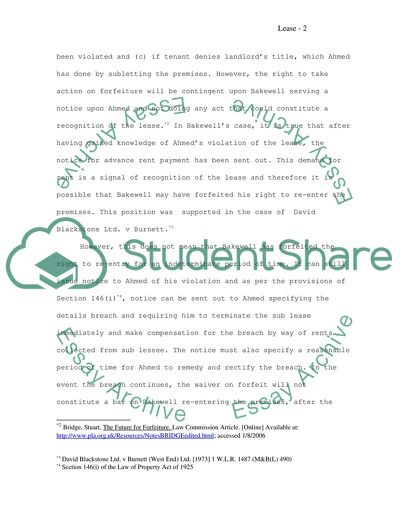Cite this document
(Repairs Act 1983 and Case Law Assignment Example | Topics and Well Written Essays - 2500 words - 1, n.d.)
Repairs Act 1983 and Case Law Assignment Example | Topics and Well Written Essays - 2500 words - 1. https://studentshare.org/law/1703075-property-law
Repairs Act 1983 and Case Law Assignment Example | Topics and Well Written Essays - 2500 words - 1. https://studentshare.org/law/1703075-property-law
(Repairs Act 1983 and Case Law Assignment Example | Topics and Well Written Essays - 2500 Words - 1)
Repairs Act 1983 and Case Law Assignment Example | Topics and Well Written Essays - 2500 Words - 1. https://studentshare.org/law/1703075-property-law.
Repairs Act 1983 and Case Law Assignment Example | Topics and Well Written Essays - 2500 Words - 1. https://studentshare.org/law/1703075-property-law.
“Repairs Act 1983 and Case Law Assignment Example | Topics and Well Written Essays - 2500 Words - 1”. https://studentshare.org/law/1703075-property-law.


